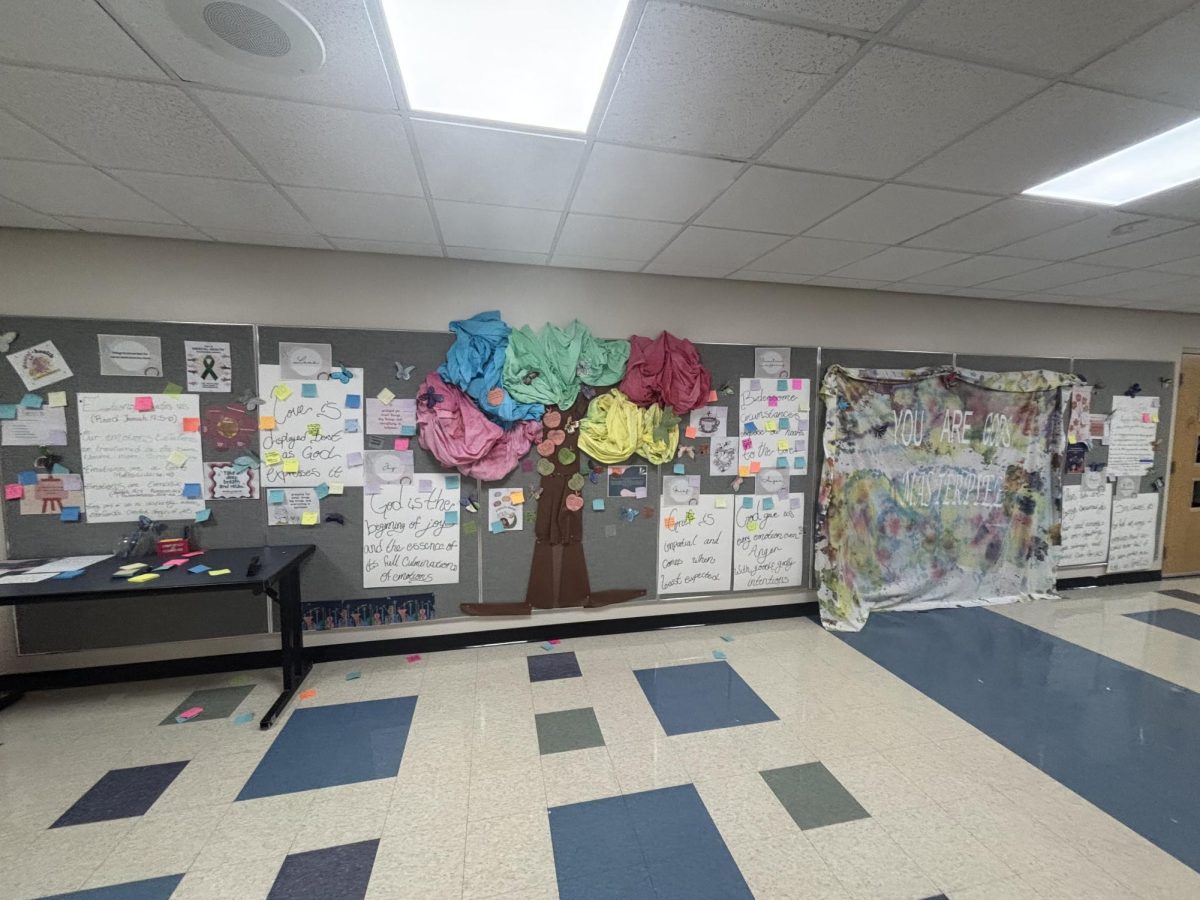In the wake of recent storms like Hurricane Milton and Hurricane Helene, Georgia has ramped up its efforts to provide relief and shelters to residents in high-risk areas. These initiatives are part of the state’s long-term solution to protect its citizens as these unpredictable hurricanes get closer and more frequent.
After Hurricane Helene struck Atlanta in late September, the state’s shelters needed to shift their focus. The influx of displaced people has posed significant challenges, pushing shelters to their limits. They are responsible for providing living space and basic needs for these people, but are becoming unable to do so.
To address the growing threat of storms, Georgia has been building and upgrading storm shelters across hurricane-prone regions, especially in the southern and southwestern parts of the state. These shelters are designed to withstand powerful winds, heavy rainfall and flooding. They are also stocked with essential supplies to support evacuees for several days if necessary.
While these shelters prioritize Georgia residents, they also welcome Floridians and others seeking refuge. The goal is to provide assistance to all those affected by the storms, regardless of state lines.
In addition to physical shelters, many organizations are stepping in to provide personal assistance – ranging from financial aid and essential goods to medical care and more. Public assistance programs have been crucial in funding the repair of damaged public infrastructure, supporting emergency response, and educating the public on disaster preparedness.
Hurricane Helene, however, has worsened the situation in Georgia. CNN reports that some families have not had power for over three weeks, and many of the state’s shelters have suffered damage themselves.
Not to mention the financial ramifications of the storm: according to the Biden administration, $119 million will be given to the state for hurricane relief. Over 140 facilities opened to accommodate nearly 10,000 evacuees across the country, but these shelters are struggling to keep up with demand.
Heavy rains have caused flooding in several shelters, damaging already weakened infrastructure. As a result, some buildings are developing mold, while others face more serious structural issues, forcing evacuations for safety concerns.
The strain on resources is immense – shelters are grappling with shortages of food, clean water and medical supplies.
The Red Cross has reported that blood drives across Georgia and neighboring areas were canceled due to the storm, worsening the pressure on health systems already stretched thin by the crisis.
As shelters reach capacity, the need for coordinated assistance and long-term support becomes more urgent.
To alleviate the burden on these shelters, many courses of action are needed. Both monetary and resource donations are crucial for improving facilities and addressing immediate needs.
Many advocates are calling for the expansion of shelters and the construction of additional ones, although this would require substantial funding. Temporary structures could help alleviate some of the financial burden while offering a faster solution.
In parallel, it is also important to educate citizens on disaster preparation and ensure households have evacuation plans in place.
Ultimately these organizations rely on public support to continue their vital work. Whether through financial contributions or volunteer efforts, every bit helps.
As a community, we need to step up to support those affected by these disasters, ensuring our shelters remain strong and resilient in the face of future storms.
Proactive measures are key to strengthening our shelter systems for the future. By taking action now, we can create a network of effective, accessible, and resilient shelters, better equipped to protect our communities during crises







